What Is Single-Origin Coffee and Why Does It Matter?
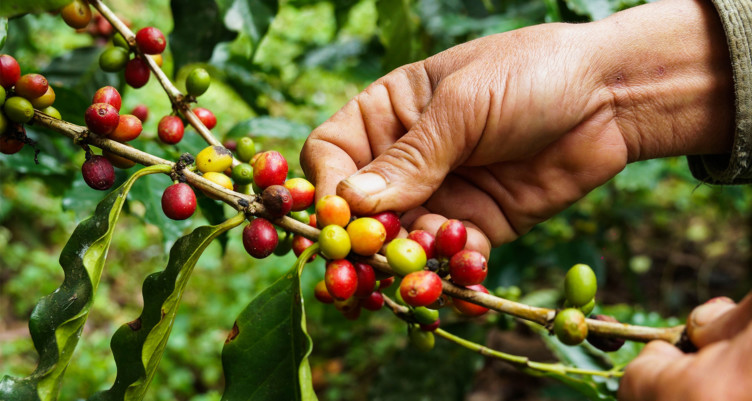
- Single-origin coffee comes from a single country or farm.
- It’s different than mass-market coffee, which is generally a blend of beans from multiple regions to create a smooth, consistent flavor.
- Single-origin coffee beans taste unique to the region in which they’re grown. That’s what makes them so special.
- When you buy single-origin coffee, you’re supporting small farmers and sustainable growing techniques.
The next time you take a sip of coffee, pause for a moment to really savor the way it tastes. If you’re holding a mug of your favorite morning brew, you’re probably well-acquainted with its flavor — maybe it has notes of cinnamon, cocoa, or even citrus. It’s familiar and comforting, and that’s part of the reason it’s so good.
The thing is, your go-to cup of joe probably tastes the same every single time. That’s intentional. Depending on their origin, coffee beans taste different due to varying altitudes, climates, and processing techniques. Wholesale coffee manufacturers blend coffee beans from multiple regions to create that flavor you know and love. Different crops might taste more bitter, tart, or fruity, so companies balance the flavors to create a consistent, crowd-pleasing tasting profile.
But what if you want to taste the flavor of a specific region? That’s where single-origin coffee comes in. Single-origin coffee is more than just a specialty drink at your local coffee shop. It’s an invitation to appreciate the nuances of flavor that define different parts of the globe. Here’s what you should know about single-origin coffee and why it’s such a big deal for farmers, the planet, and your morning brew.
What is single-origin coffee?
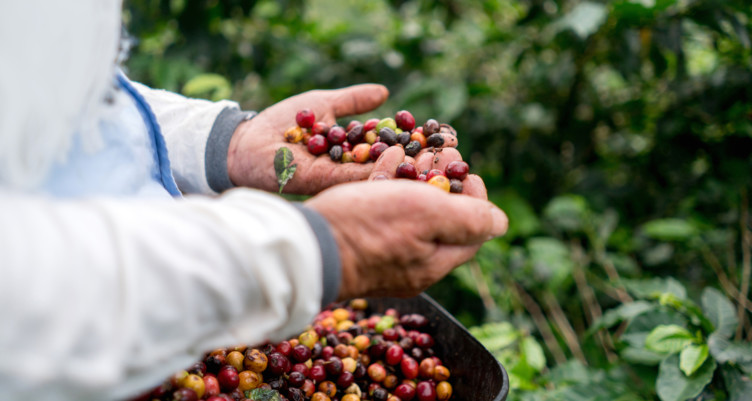
Simply put, single-origin coffee comes from a single country or farm. This is different than most coffee beans you’ll find at the store, which tend to combine beans from various regions to balance out the flavors. Taken together, those tasting notes complement each other like ingredients in a delicious meal.
Drinking a mug of single-origin coffee is an entirely different culinary experience. Suddenly, your mug is alive with only the sweet berry notes of Ethiopian coffee beans or the smooth, slightly acidic chocolate flavor of Central American beans.
You can even trace the flavor of your coffee back to the characteristics of the particular farm where it was grown — the soil, the growing conditions during that season, and even the plants that grew near the coffee crop. Every batch of single-origin coffee is unique, which is what makes it special. You don’t throw back a cup of single-origin coffee during a rushed morning. It’s something you savor, sip by sip.
Why does single-origin matter?
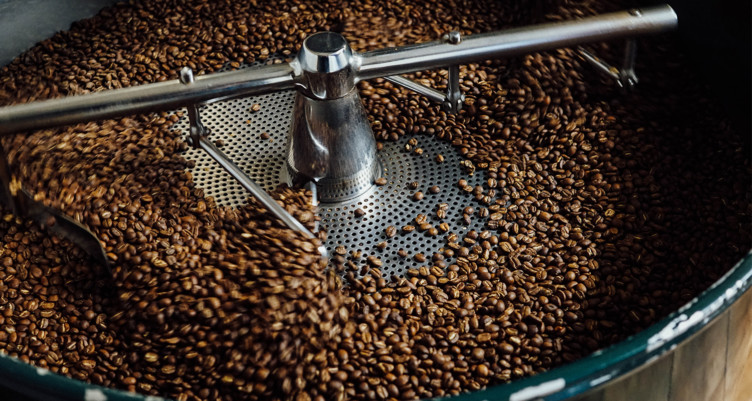
Single-origin coffee is more than just a way to enjoy the unique taste of beans from a specific region. It’s also a way to help small farms sustain themselves while supporting the production of high-quality coffee. Here’s why single-origin is a good idea.
Supports small farmers
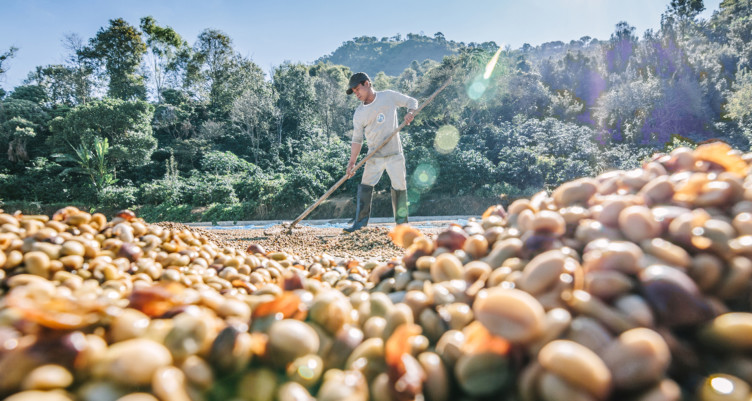
On the one hand, mass-produced coffee might be a little cheaper. But like industrial meat, large coffee producers can afford to cut corners in order to lower their bottom line. They might not pay their farmers fair wages, or they might use destructive agricultural practices that lower the quality of their coffee beans. Single-origin coffee brings you closer to the source of the beans, and therefore closer to the farmers.
Encourages sustainable farming practices
Single-origin coffee tends to only be available for a limited amount of time. That’s because most coffee is harvested only once per year,[1] so each batch is smaller than mass-market yields — which encourages sustainable growing practices.
Coffee used to be farmed in the shade of trees, which encouraged biodiversity.[2] But starting in the 1970s, coffee producers began cutting down trees to increase crop yields. Sun-grown coffee is grown in rows with no canopy, which destroys forests, increases the use of chemical fertilizers and pesticides, and degrades soil and water, among other environmental headaches.[3]
Single-origin coffee isn’t necessarily shade-grown. But because they’re inherently produced in small batches, farmers can focus on quality, not quantity. Shade-grown, single-origin beans are environmentally sustainable because they support native bee populations, help preserve biodiversity, and promote growing practices that maintain the beauty of the planet.[4]Talk about a better cup of joe.
Where to get single-origin coffee
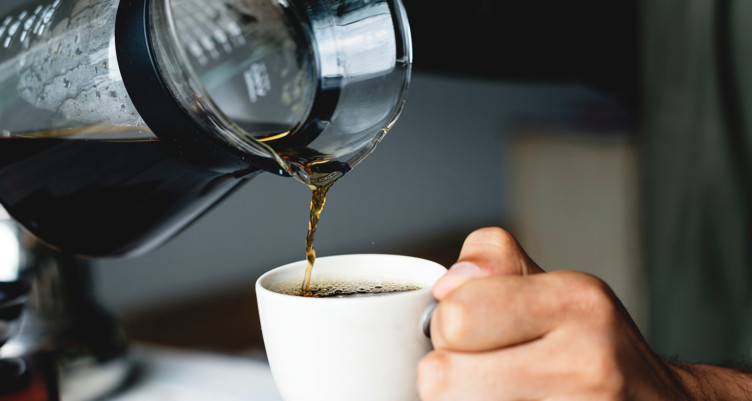
Ready to start exploring the world of single-origin coffee? While you might find it on grocery store shelves, start by visiting your local independent coffee house so you can ask a barista for recommendations — and sample a cup for yourself.
Some coffee shops sell bags of single-origin coffee beans so you can bring your favorite brew home. You can also buy small batch, single-origin coffee online. You should be able to learn about the coffee’s unique characteristics, including the region it was grown, facts about the farm, and the farm’s altitude.
The best way to understand single-origin coffee isn’t to read about it. Get out there and try it for yourself. Sample different beans from different regions, and pay attention to the flavors you love. It’s a whole new way to elevate your morning brew.
Sign up for early access to sales, product launches, the latest Bulletproof news and more!



